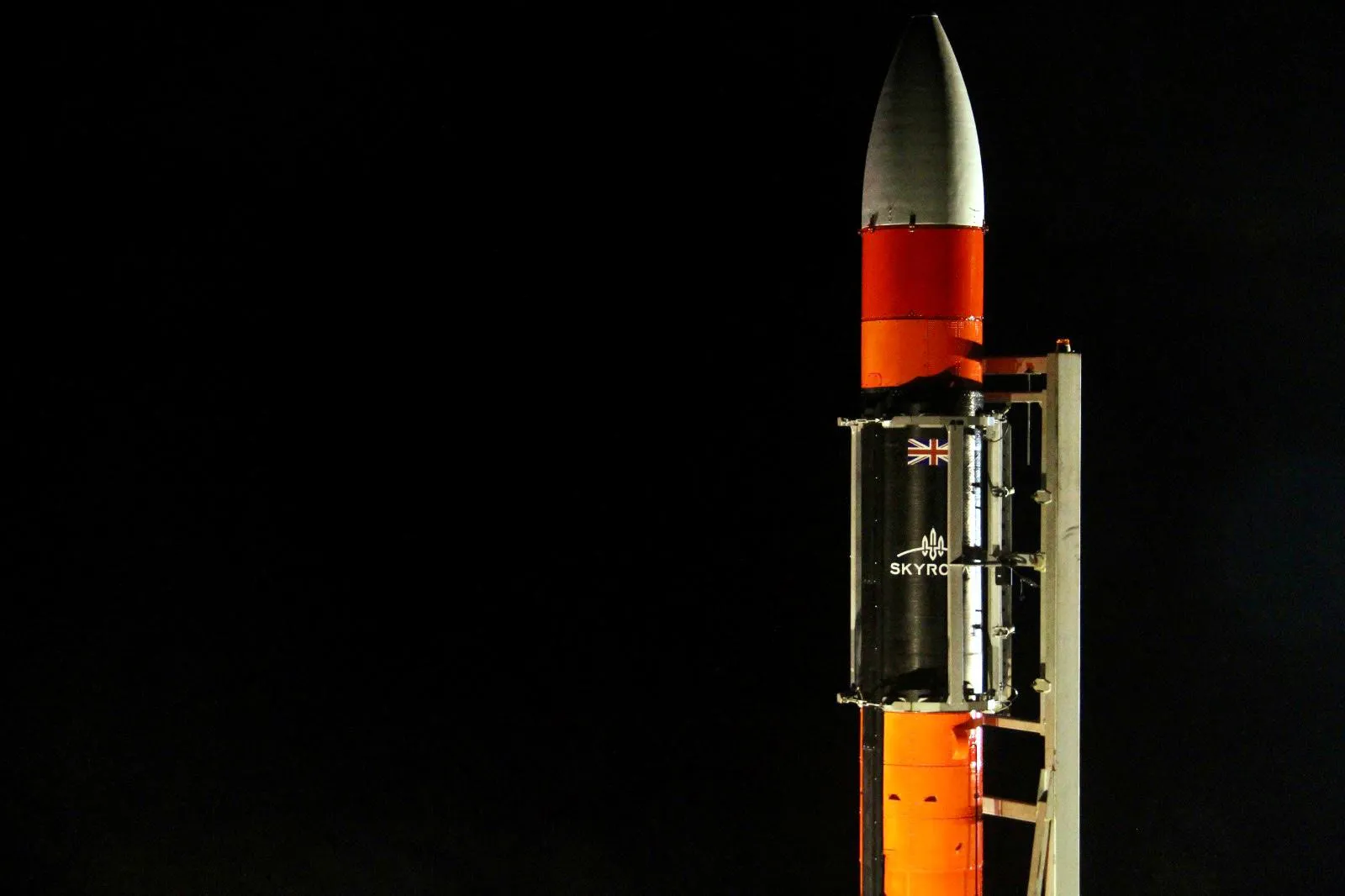Removing Gravity

A force naked to the human eye has underpinned our lives for as long as we can remember. Our innate ability to visualise the macro-mechanics of everyday functions is plagued with this overwhelming force; we can’t image life without it – gravity. By removing gravity however, the behaviour of many complex systems changes completely and it can be abundantly useful to study these effects.
Material sciences, fluid physics, biochemistry, medicine and astrophysics have all seen research in an environment that’s free of gravity. Most recently, it was shown that an experiment on board the International Space Station allowed scientists to create a phenomenon otherwise impossible on Earth. Physicists used an exotic state of matter made from ultracold atoms to probe quantum behaviour at the macroscopic scale. The creation of a Bose-Einstein condensate was only possible in the environment created in the $100m Cold Atom Lab, 400km above the face of the Earth. The facility is on track to become the coldest place in the known Universe.

The conditions required are known as a micro-gravity, referring to a state of almost perfect weightlessness. Small residual forces, such as air drag or solar pressure prevent perfect weightlessness but the environment is sufficient for the effects to be studied.
Sourcing a prolonged micro-gravity environment has proven historically difficult for the scientific community. Drop towers are used around the world to achieve up to nine seconds of free fall and parabolic flights such as the infamous Vomit Comet can also be used to conduct similar experiments. To source prolonged periods of micro-gravity however, one needs to look a little further.
Sub-orbital flight has proven to offer the most cost-effective prolonged micro-gravity environment. Sub-orbital launch concerns the transportation of payloads from the surface of Earth to outer space before falling back to Earth without completing a full orbital revolution. During the free-fall period in each flight, payloads experience micro-gravity.
Orbital satellites can provide an even longer period of microgravity conditions but come at price approximately five times that of sub-orbital launch. The International Space Station is of course a good platform for conducting long-term microgravity research but is costly and requires a high Technology Readiness Level which can only be achieved through expensive testing beforehand.
Skyrora have developed a sub-orbital launch vehicle capable of transporting 50kg of payload to an altitude of 102km. Skylark L is a guided, single stage, bi-liquid launch vehicle with onboard thrust vector and roll control systems, capable of fulfilling the micro-gravity needs of the scientific community. A successful full-static fire of the Skylark L vehicle in 2020 stood as a key landmark in its development, with launch anticipated in 2021.
NASA’s Flight Opportunities program provides researchers with access to micro-gravity environments through partnered launch providers. Blue Origin is one such partner, providing micro-gravity environments on board the New Shepard vehicle. It’s flown several experiments including, in 2018, the Modal Propellant Gauging experiment led by Dr. Kevin Crosby. This joint effort with the NASA Cryogenics Laboratory demonstrated a way to measure fuel levels in micro-gravity by using sound waves. On the same flight, Purdue University’s payload studied micro-gravity Green Propellant Management Technology, successfully advancing the use of a safer and more environmentally responsible rocket propellant by better understanding the fuel’s behaviour in microgravity. The Collisions into Dust Experiment also flew on the same flight, aiming to understand how dust particles interact after surface interference during exploration missions. The mission successfully analysed the unique challenge of collecting material samples in microgravity.
The ability to study systems without gravity is a critical asset to scientific research. Without it, our understanding of the world and universe would be severely handicapped. As ever, the applications of space can be used to improve life on Earth, and defying gravity gets us that little bit closer.
REFERENCES
1. John M. Jurist (2010) Commercial Suborbital Sounding Rocket Market: A Role for Reusable Launch Vehicles, Astropolitics: The International Journal of Space Politics & Policy, 7:1, 32-49.
2. Tauri Group (2012) Suborbital Reusable Vehicles: A 10-Year Forecast of Market Demand. Page 1.
3. National Space Society (2018) An Introduction to the Suborbital Launch Industry. Page 10.



